How many years can new energy vehicles be driven? As mileage anxiety gradually dissipates, the discussion on the “life cycle” of new energy vehicles is becoming a new focus. This seemingly simple question actually contains a complex game of multi-dimensional variables such as battery chemical characteristics, electronic system iteration speed, and user behavior patterns.
Battery decay: the life equation of chemical systems
The current mainstream ternary lithium battery pack has a capacity retention rate of about 80% after 1,500 cycles of charge and discharge under ideal conditions. Calculated at an average of 20,000 kilometers per year, the theoretical life can reach 12 years. However, in actual use, the decrease in lithium ion deintercalation efficiency under high temperature environment and the growth of lithium dendrites caused by low temperature in winter will accelerate capacity decay. In a high-temperature test on Hainan Island, the battery health of a certain brand of car decreased by 7 percentage points after 3 years compared with Beijing vehicles in the same period.
Three-electric durability: beyond the life cycle of machinery
The motor system shows amazing stability. Data from a taxi company shows that the failure rate of permanent magnet synchronous motors in operation for 5 years is less than 0.3%. The challenge of the electronic control system mainly comes from software iteration. In the early models that adopted distributed control, due to the lack of OTA upgrade capabilities, the entertainment system can no longer support the latest applications after 5 years. For new models using domain control architecture, the hardware reserves 30% computing power redundancy to ensure the system’s evolvability.
Environmental factors: invisible life carving knife
Data from a charging station in Beijing showed that for vehicles that frequently use fast charging, the battery SOH (health status) decreased by 6.8% annually, while that for vehicles that mainly use slow charging only decreased by 4.2%. The impact of extreme climate is even more significant. The battery decay rate of electric buses operating in Heilongjiang in winter is 1.7 times that of the same model in Qingdao. This environmental difference has prompted car companies to develop adaptive BMS to extend the life by dynamically adjusting the charging and discharging strategy.
Technology iteration: Moore’s Law’s car replacement pusher
The evolution speed of intelligent driving systems is reshaping the car replacement cycle. Models equipped with L2 assisted driving will find it difficult to support urban NOA functions after 3 years. A user survey of a new power brand showed that 62% of car owners have the intention to change cars due to technology upgrades. The rapid iteration of this electronic architecture makes the “spiritual life” of the vehicle significantly shorter than the physical life.
Economic account book: the balance point between residual value and cost
Take a 200,000-class car as an example. After driving 200,000 kilometers in 8 years, the battery replacement cost is about 40,000 yuan, while the residual value of a used car in the same period is about 60,000 yuan. If you choose to continue using it, the annual battery attenuation cost is about 5,000 yuan, which is significantly lower than the average annual maintenance cost of a fuel car of the same price. With the popularization of the battery replacement model, the separation of battery ownership and use rights will make the economic account book more complicated.
When the technology iteration curve and the economic cost curve intersect in the coordinate system, the life cycle of new energy vehicles is being given a new definition. Perhaps one day, “how many years can it be driven” will no longer depend on mechanical wear and tear, but on the threshold of the owner’s sense of freshness in technology. In this equation full of variables, the only certainty is that the traditional perception of cars as durable consumer goods is being completely reconstructed.

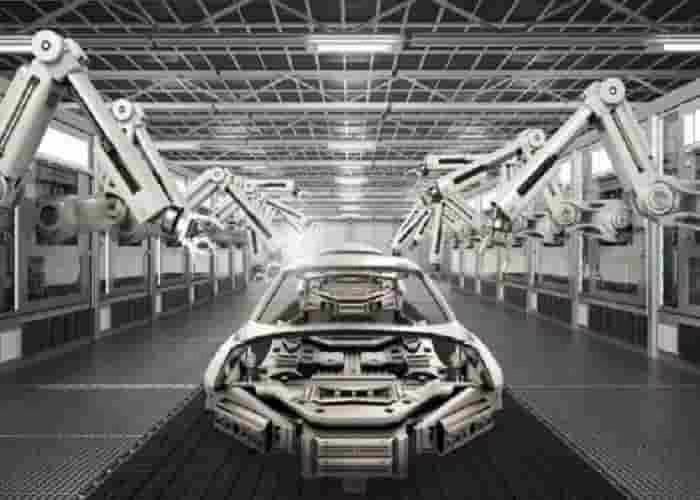
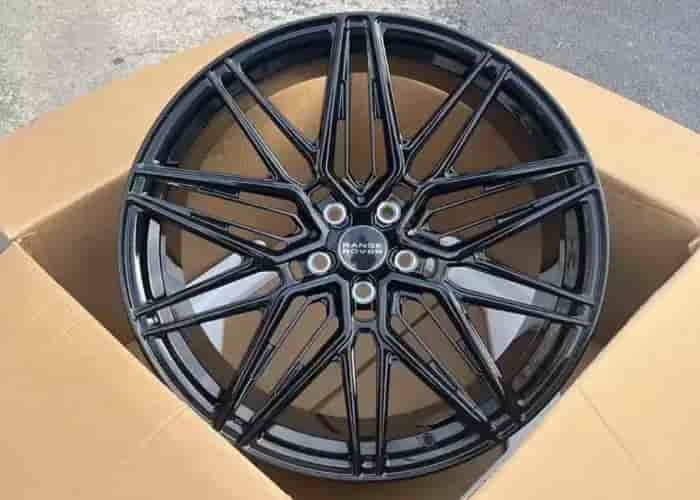
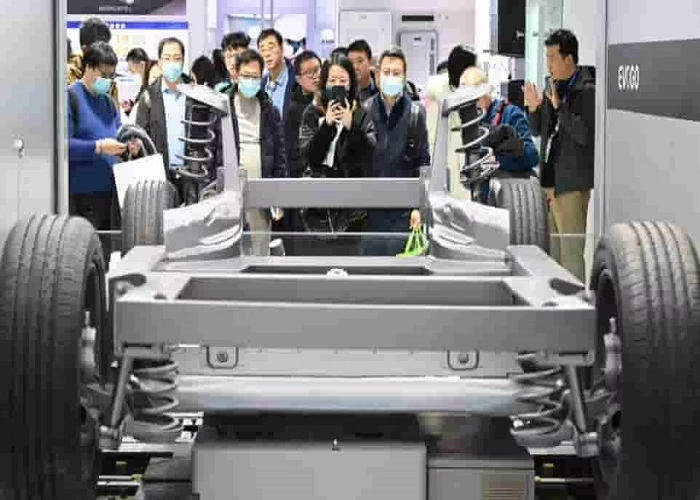
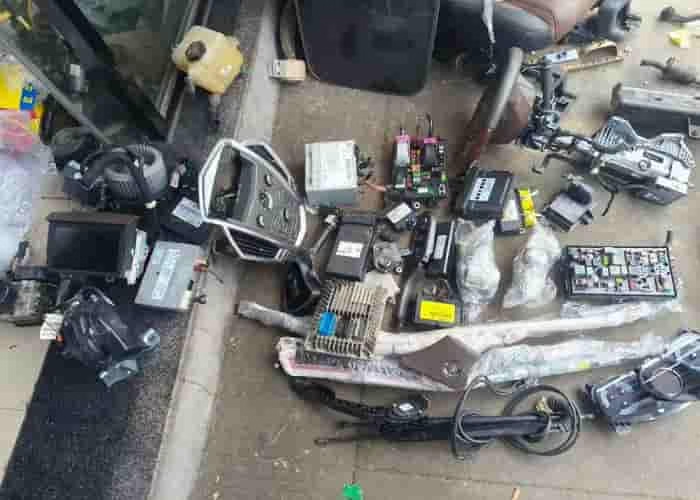

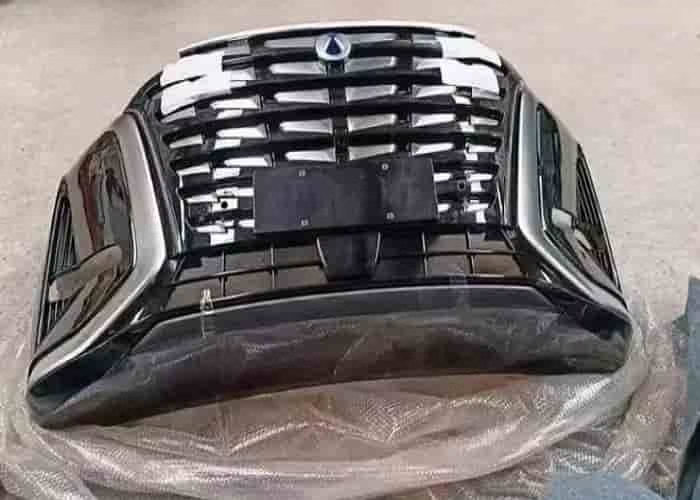
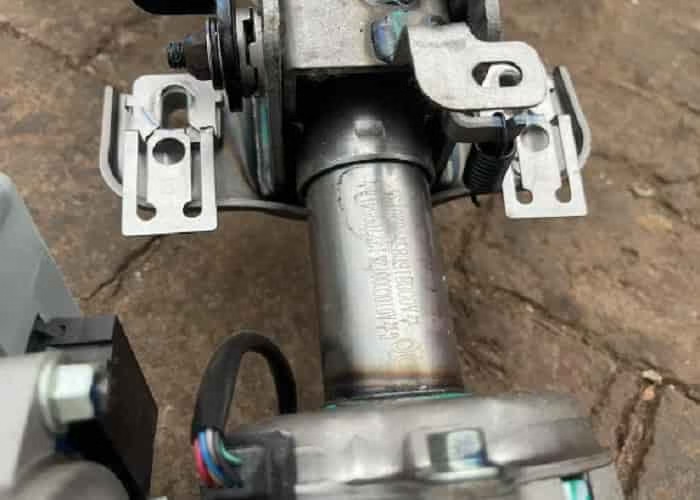
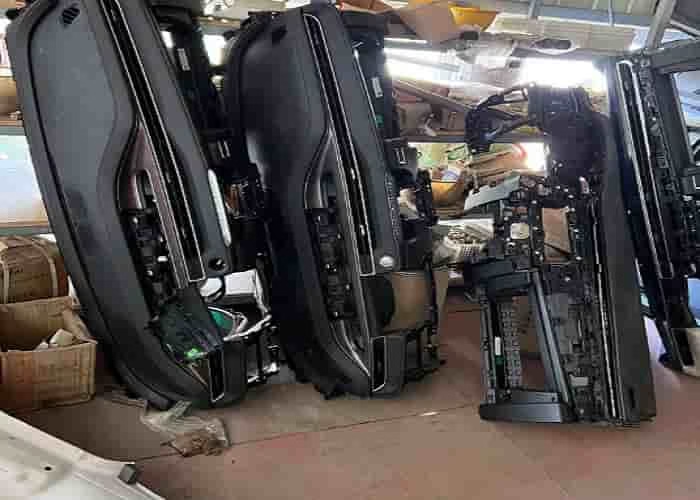

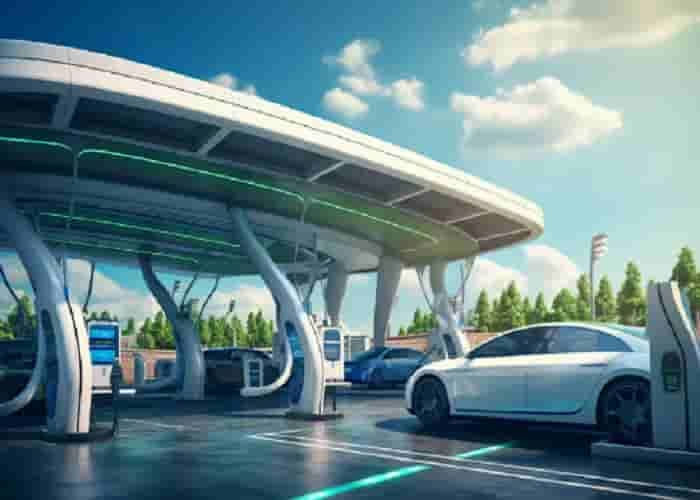
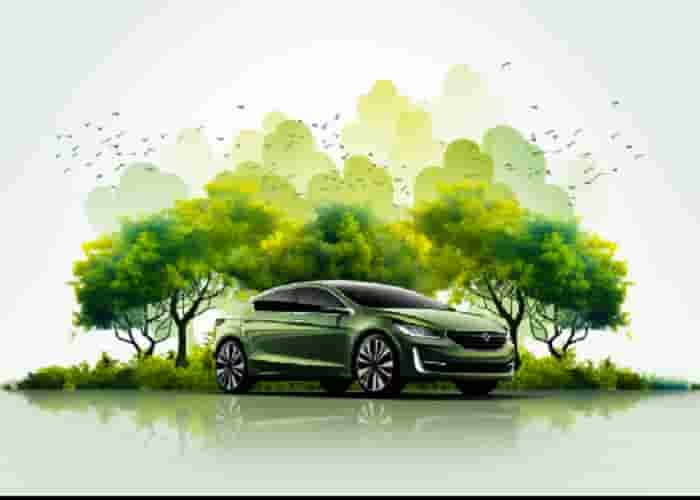




Leave a Reply